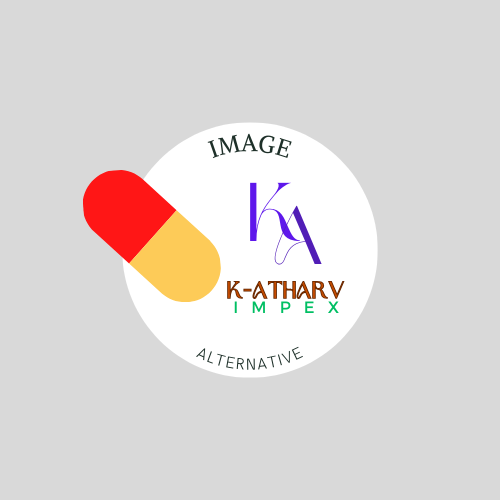- Your cart is empty
- Continue Shopping

Sodac Injection
Uses of Sodac Injection
- Metabolic acidosis
- Drug intoxication
- Severe Diarrhea
Introduction to Sodac Injection
Sodac injection contains an active ingredient called Sodium Bicarbonate. It belongs to the medication class known as alkalinizing agents. It is used for the treatment of metabolic acidosis associated with severe renal disease, uncontrolled diabetes, circulatory insufficiency caused by shock or severe dehydration, extracorporeal blood circulation, cardiac arrest, and severe primary lactic acidosis. Additionally, it also treats certain drug intoxications and severe diarrhea.
Sodac injection should not be consumed if you are allergic to Sodium Bicarbonate or any of its ingredients in the medication. Do not use this injection if you have hypoventilation (slow or shallow breathing), certain blood abnormalities, kidney stones, high blood pressure, kidney or heart failure, or if you experience fluid retention. It is important to inform your doctor about these conditions before starting the treatment. During the treatment with this medicine, your healthcare provider may regularly monitor your blood acid levels. Notify your doctor if you are on a low-salt or salt-free diet or intolerant to sucrose, as it contains a small amount of sucrose present in the medication. Before starting the treatment, inform your doctor if you are pregnant, think you may be pregnant, or planning to get pregnant or breastfeeding.
Therapeutic Effects of Sodac Injection
Sodac injection involves its ability to act as a buffer and raise the pH of the blood. It works by increasing the concentration of bicarbonate ions in the bloodstream, which helps to neutralize the excess acid and restore the acid-base balance in the body.
Interaction of Sodac Injection with other drugs
Inform your doctor about any prescribed medications, over-the-counter medicines, nutritional or vitamin supplements, and herbal products you take or have taken before the treatment. Certain medications may interact with Sodac injection and can cause undesirable side effects.
More Information about Sodac Injection
- Keep out of sight and reach of pets and children.
- Do not freeze the medicine.
- Do not store above 25°C.
- Store in the original container.
- Always check the expiry date before consuming it.
How to consume Sodac Injection
Sodac injection will be administered to you by a healthcare professional in a hospital setting. It is usually administered in a vein (intravenous). Your doctor will decide the dose, route of administration, and frequency based on your disease condition and other factors.
Safety Advices for Sodac Injection
Pregnancy
Limited information is available on using Sodac injection during pregnancy. Notify your healthcare professional if you are pregnant or planning to have a baby think you may be pregnant. Your doctor will suggest this medicine only if needed.
Breast Feeding
It is unknown whether Sodac injection is excreted in breast milk. So, before starting the treatment, inform your doctor if you are breastfeeding. Constant your doctor for more information. Your doctor will suggest this medicine only if needed.
Lungs
It is unknown whether Sodac injection is safe for patients with lung problems. Inform your physician if you have any lung disease before starting the treatment. Contact your doctor if you experience any lung-related symptoms.
Liver
Sodac injection should be used cautiously in liver patients. Before starting the treatment, inform your physician about pre-existing liver conditions.
Alcohol
It is unknown whether consuming alcohol while taking Sodac injection is safe. Please speak with your physician.
Driving
It is unknown whether Sodac injection alters driving ability. However, if you experience side effects like tiredness or drowsiness, avoid driving and using machines.
Side Effects of Sodac Injection
Side effects are unwanted symptoms caused by medicines. Even though all medicines cause side effects, not everyone gets them.
Common
- Low potassium levels (resulting in muscle twitching and weakness)
- Low blood sugar
- High sodium levels
- Acidosis (increased breathing rate)
- Increased blood volume
- Low calcium levels (muscle contractions)
- Swelling and bleeding
- Skin irritation

